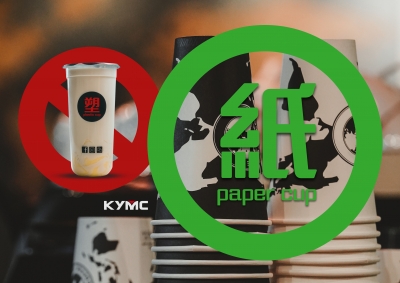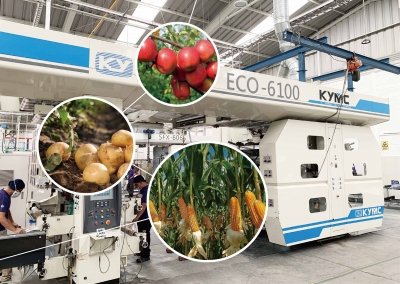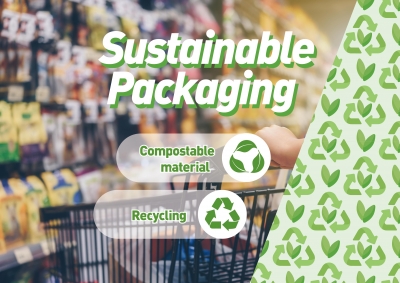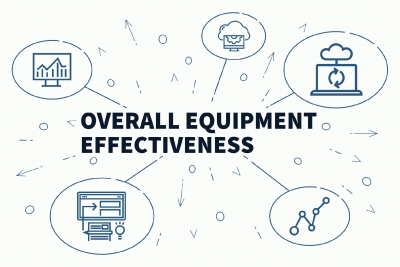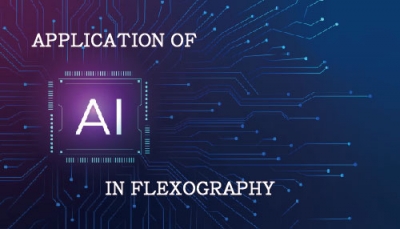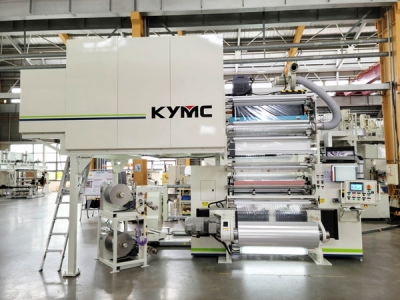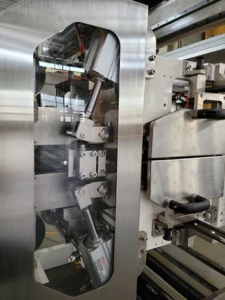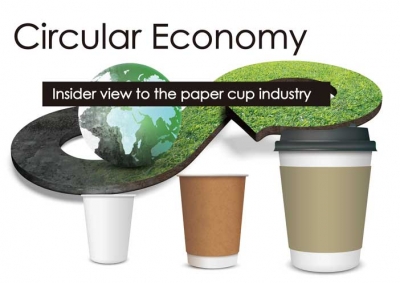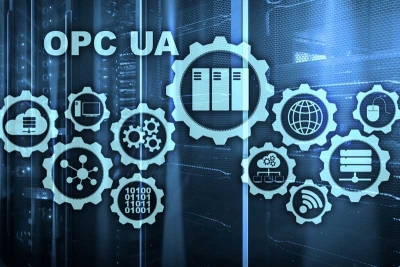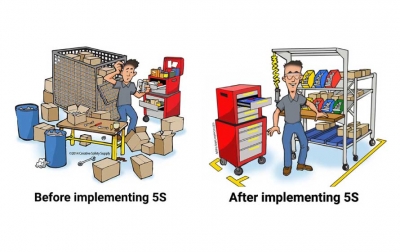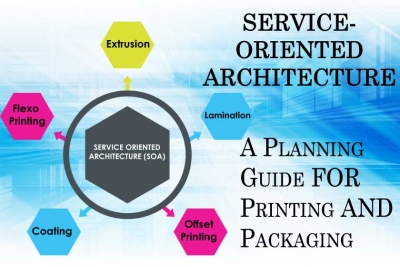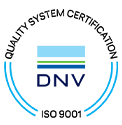Blog
| Subject | Images |
|---|---|
坤裕精機 全台首發 水性柔版技術分享交流會,攜手包裝印刷業走向 綠色、智能、新商機。
環保法規日趨嚴格、短單靈活接單成為常態,您的工廠是否也正在思考:
如何在降低環境衝擊的同時,兼顧高品質與效率?
從凹印轉向柔印,是否擔心轉換製程所面臨的挑戰?
答案,都在 坤裕精機KYMC即將舉辦的水性柔版技術分享交流會!
本場全台首發交流會,將以最完整的解決方案,帶您一探如何打造 環保供應鏈 + 智能輔助生產,讓您安心完成「凹轉柔」的製程轉換。
不只如此——
如果您對包裝印刷產業充滿興趣,卻苦於不得其門而入,本場交流會更是您的最佳起點!
When purchasing a CI (Central Impression) flexo press, several factors need to be considered. First, the machinery must comply with local environmental and safety regulations. Additionally, it’s important to ensure the press can meet the production requirements for your expected orders. In terms of efficiency, printing speed, ease of job changes, and the level of automation will directly impact the production capacity. One of the most time-consuming aspects is controlling the total cost within the budget. Moreover, selecting a reputable supplier is crucial to ensure quality and after-sales service. Finally, the ease of operation and operators training should also be taken into account. With many different types of CI flexo presses available on the market, considering all relevant aspects and choosing the right machine is critical for your company's success.
柔版印刷具備多項優勢,包括適用於各種印刷材料、可使用水性油墨以大幅降低 VOC 排放,並且印刷速度極快。因此,它對環境更加友善,符合全球環保意識抬頭的趨勢,使柔版印刷不僅在先進國家廣受採用,更逐漸成為全球市場的主流。
Phoenix 是坤裕精機(KYMC)推出的最暢銷衛星式(CI)柔版印刷機,專為有意轉型至柔版印刷的業者打造,能夠協助企業快速、順利地完成轉型。對於邁向柔版印刷的領域而言,Phoenix 不僅是得力助手,更是柔印業界值得信賴的最佳夥伴。
根據 Smithers 的市場報告,包裝印刷市場規模預計將從 2024 年的 5,120 億美元增長至 2029 年的 6,950 億美元,年複合成長率(CAGR)達 6.3%。這一市場的快速成長主要得益於電子商務的蓬勃發展、食品外送市場的興起以及消費者對食品安全的日益重視。對於台灣的彩藝印刷業而言,抓住這些機遇將是突破現有困境並實現永續發展的關鍵。那麼,彩藝廠應如何成功完成升級並掌握印刷包裝市場的成長機會呢?這將是未來企業在激烈競爭中取得優勢的核心策略。
Global Packaging Industry's Green Transformation
As global environmental awareness rises and plastic reduction policies advance worldwide, the packaging industry is undergoing a significant transformation. Traditional plastic packaging is gradually being replaced by eco-friendly alternatives, with water-based barrier coating combined with paper packaging emerging as one of the most promising sustainable solutions. According to Allied Market Research, the water-based coating market was valued at $68.7 billion in 2022 and is estimated to reach $110.9 billion by 2032, growing at a CAGR of 5.1% from 2023 to 2032.
With a shared commitment to advancing sustainable packaging solutions, KYMC, a leading flexo printing machine manufacturer, and Toyo Ink Co., Ltd., an artience group company and a prominent provider of ink and coating solutions, are poised to make a significant impact at drupa 2024. Embracing innovation, Toyo Ink has developed a range of functional inks and coatings tailored specifically for sustainable packaging applications. Complementing this initiative, KYMC has engineered printing machines capable of simultaneously printing and coating with these functional inks and coatings. Together, the two firms are gearing up to showcase their collaborative efforts in sustainable packaging solutions at the drupa 2024 exhibition.
Drupa is the largest printing equipment tradeshow that is hosted every four years by Messe Dusseldorf in Dusseldorf, Germany. At Drupa 2024 innovative equipment and top-class knowledge will be presented. This is where printers and converters will discover the future of print technologies and graphic communication. Different printing technologies including flexographic press, digital press, rotogravure press, and many coating and lamination machines demonstrated for different industry applications.
At Drupa 2024, one of the key highlights will include circular economy and sustainability. Where the more recyclable mono-material packaging and water-based inks will be shown. At the same time, more efficient hybrid equipment such as flexographic press + coating and lamination machines will prove its value in reducing waste and reducing change over time. This is where equipment manufacturers will present their energy-efficient solutions. KYMC is an experienced hybrid equipment manufacturer, delivering hybrid flexographic presses to industries such as the fast-food industries and other food packaging industries. KYMC presses are also suitable for water-based ink printing as different efficient drying systems can be installed on the presses including NIR drying, Infrared, UV-LED, and hot air.
RFID tags play an important role when it comes to tracking and obtaining information about a product. That’s why global brands like UNIQLO, Decathlon, and Zara have fully adopted the RFID tag into the price tag system for their products. As ESG factors become increasingly important for companies in the marketplace, companies are looking for greener ways to produce RFID tags. The need for green tags is on the rise. There are mainly two places in the RFID production process that we can alter to make it greener. One area is to alter the selection of substrate that the aluminum antenna sits on, and the other area is to alter the way how the antenna (RFID dry inlay) is manufactured.
As brands try their best effort to catch the attention of consumers, different packaging designs are created to achieve this goal. In turn, it is the printers’ and converters’ (coating and lamination) challenge to turn these different designs into down-to-earth packaging products. Surface-reverse printing is one of the ways to catch the consumer's eye. In the following article, we will discuss the two typical industrial processes related to surface-reverse printing/coating.
OEE stands for Overall Equipment Effectiveness. It is a measurement of productivity. OEE can be broken down into three different factors which are Availability, Performance, and Quality.
For those that are not familiar with the nonstop web splicing. In general, there are two types of nonstop web splicing, which are lap splicing and butt splicing. Lap splicing is about joining two web rolls together. To join an end of a web roll and a beginning of a web roll together by laying one roll over the other with a tape. In this case, an overlapping region will be created to join the two rolls. On the other hand, butt splicing joins the two web rolls together without an overlapping region, which makes it much harder to perform. Butt splicing is used in applications where the thickness generated by the overlapping region during web joining is not acceptable.
This article is a commentary on the paper cup industry in terms of its role in the circular economy. To provide a comprehensive discussion about the paper cup industry through four different topics. First, looking into the different ways to make the paper cup more environmentally friendly on the market. Then diving into the industry status quo on the efforts placed into making the paper cup more environmentally friendly and its effectiveness. Then jumping into the paper cup market potential in terms of government policies and regulations, market volume, and market value. Last, ending with my personal perspective on how the paper cup industry will play out in the circular economy.

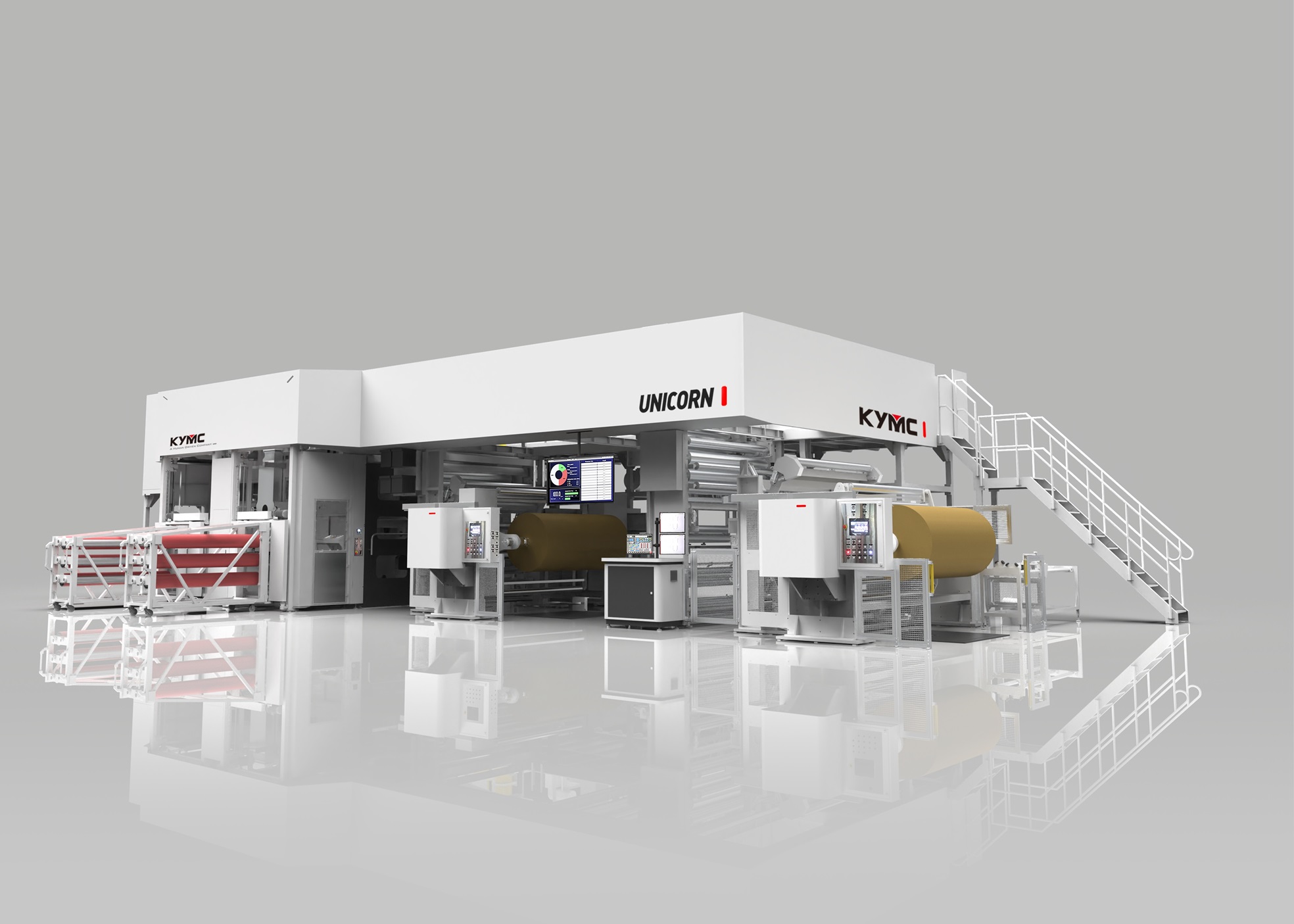
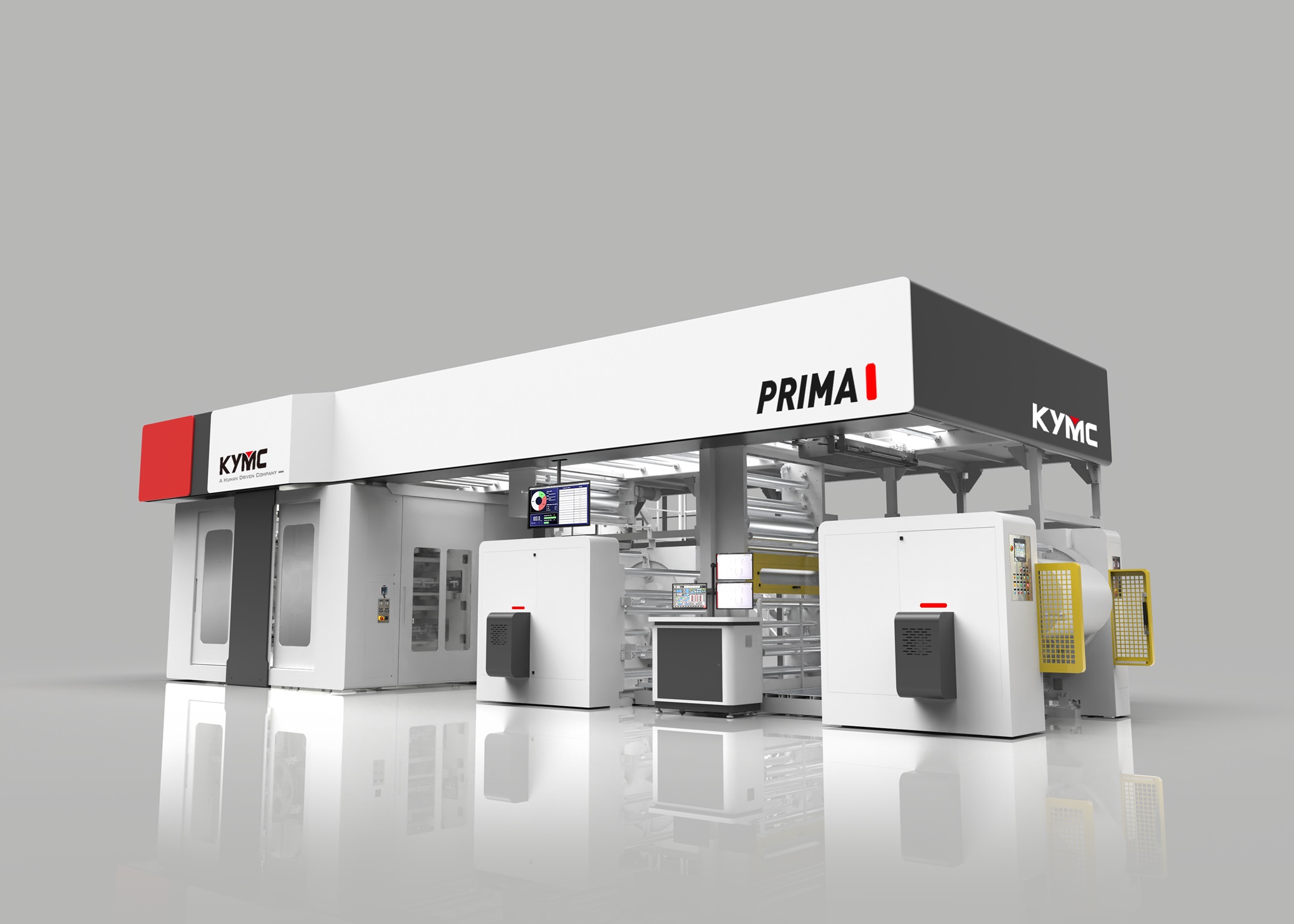
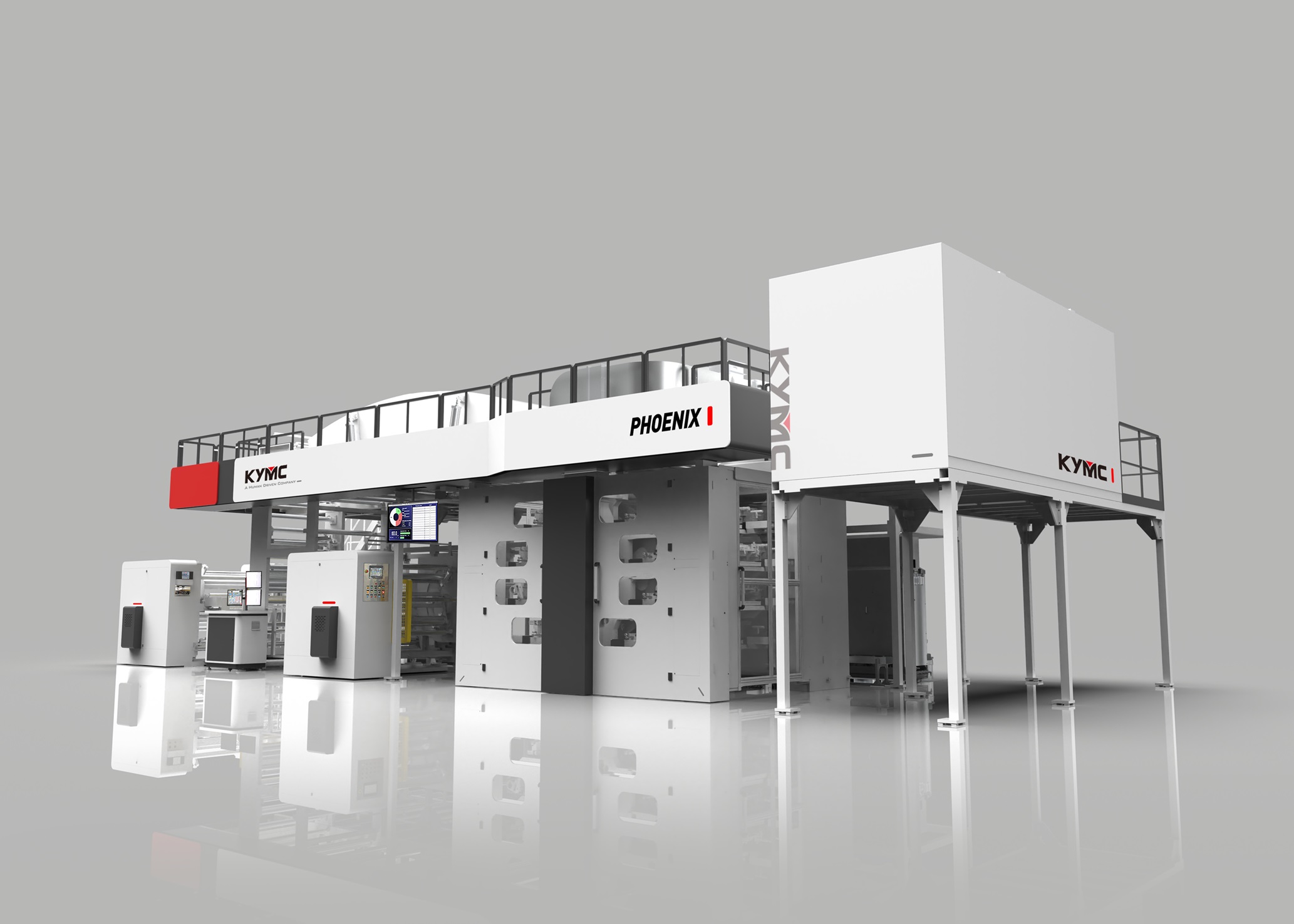
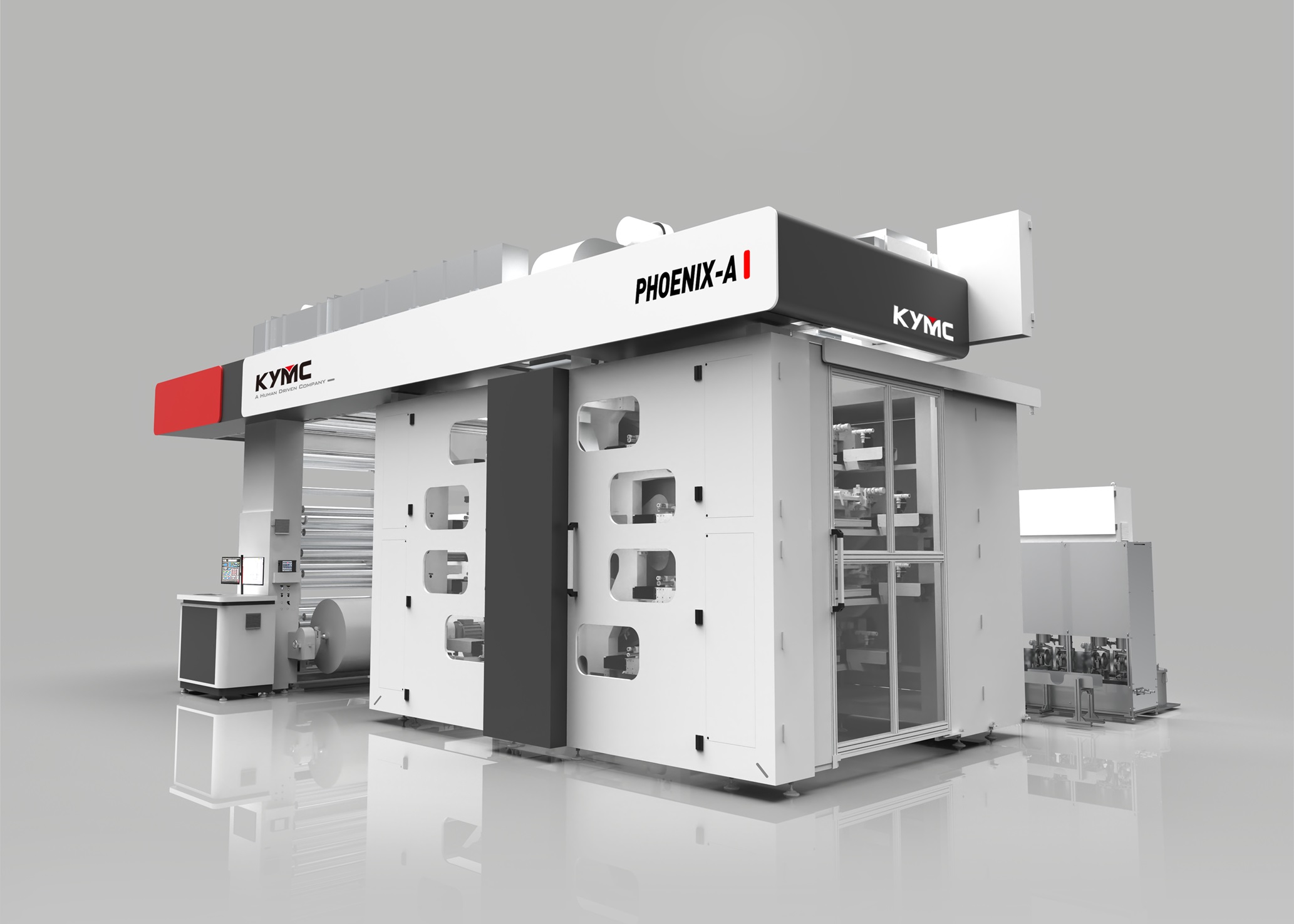
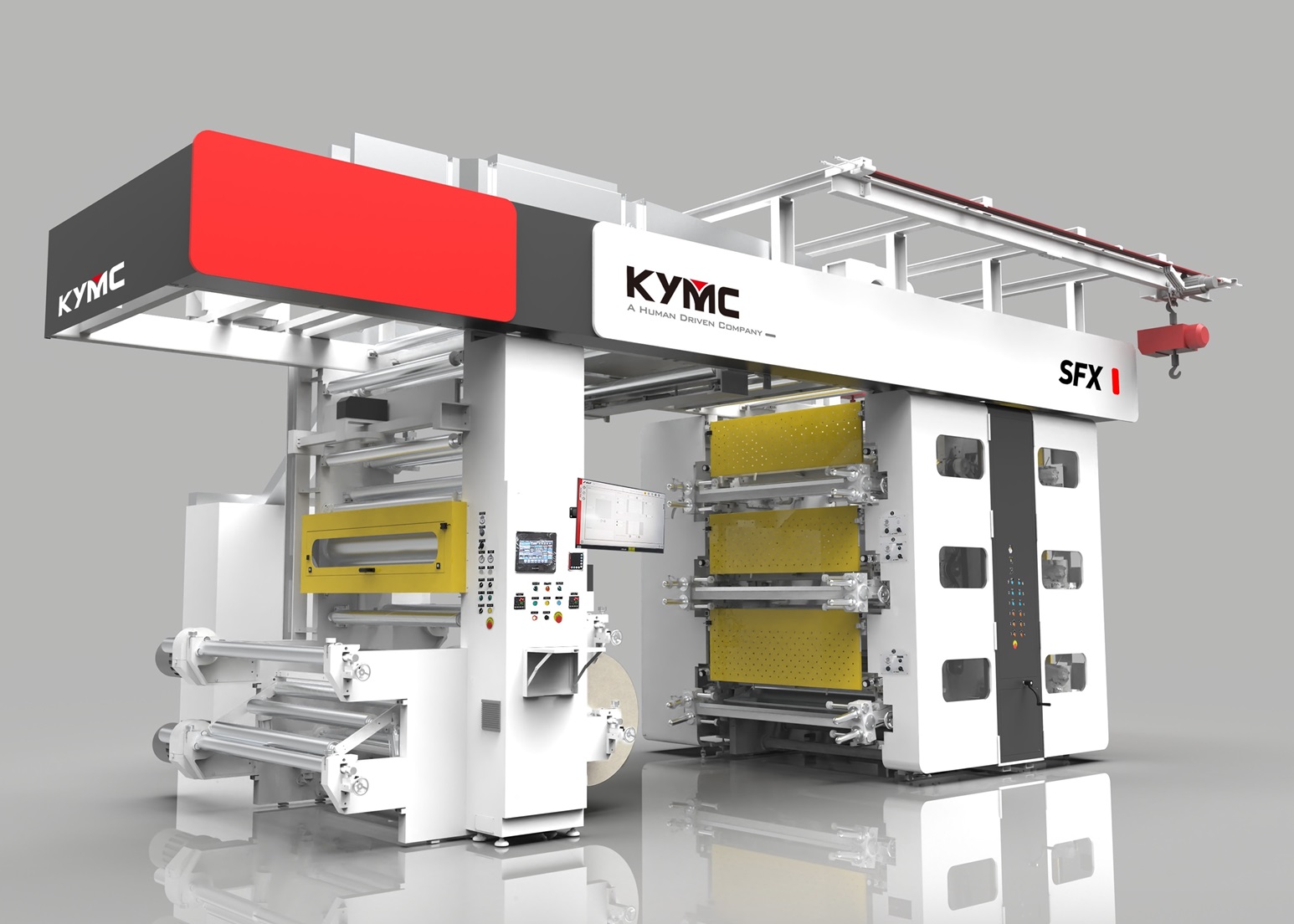
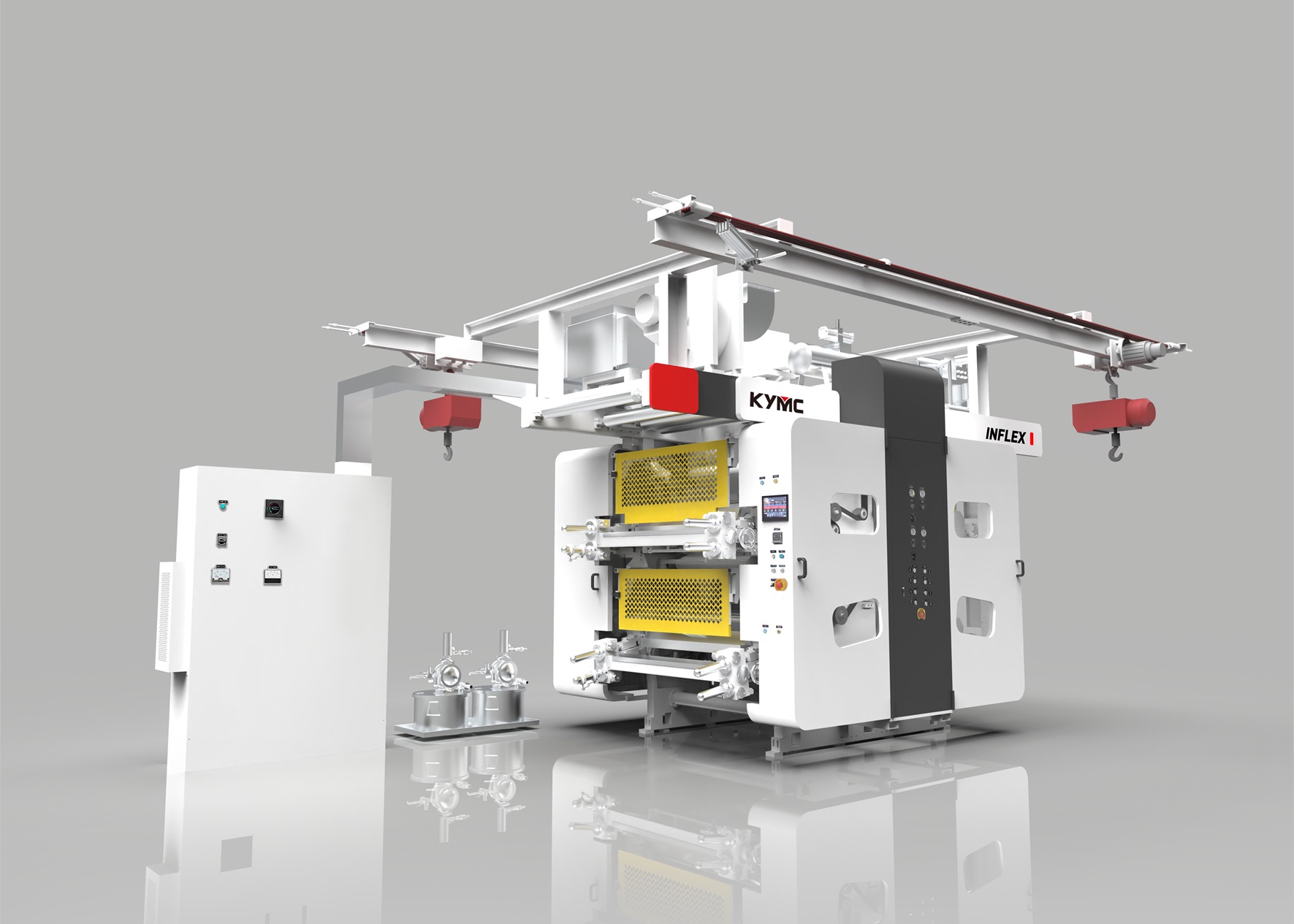
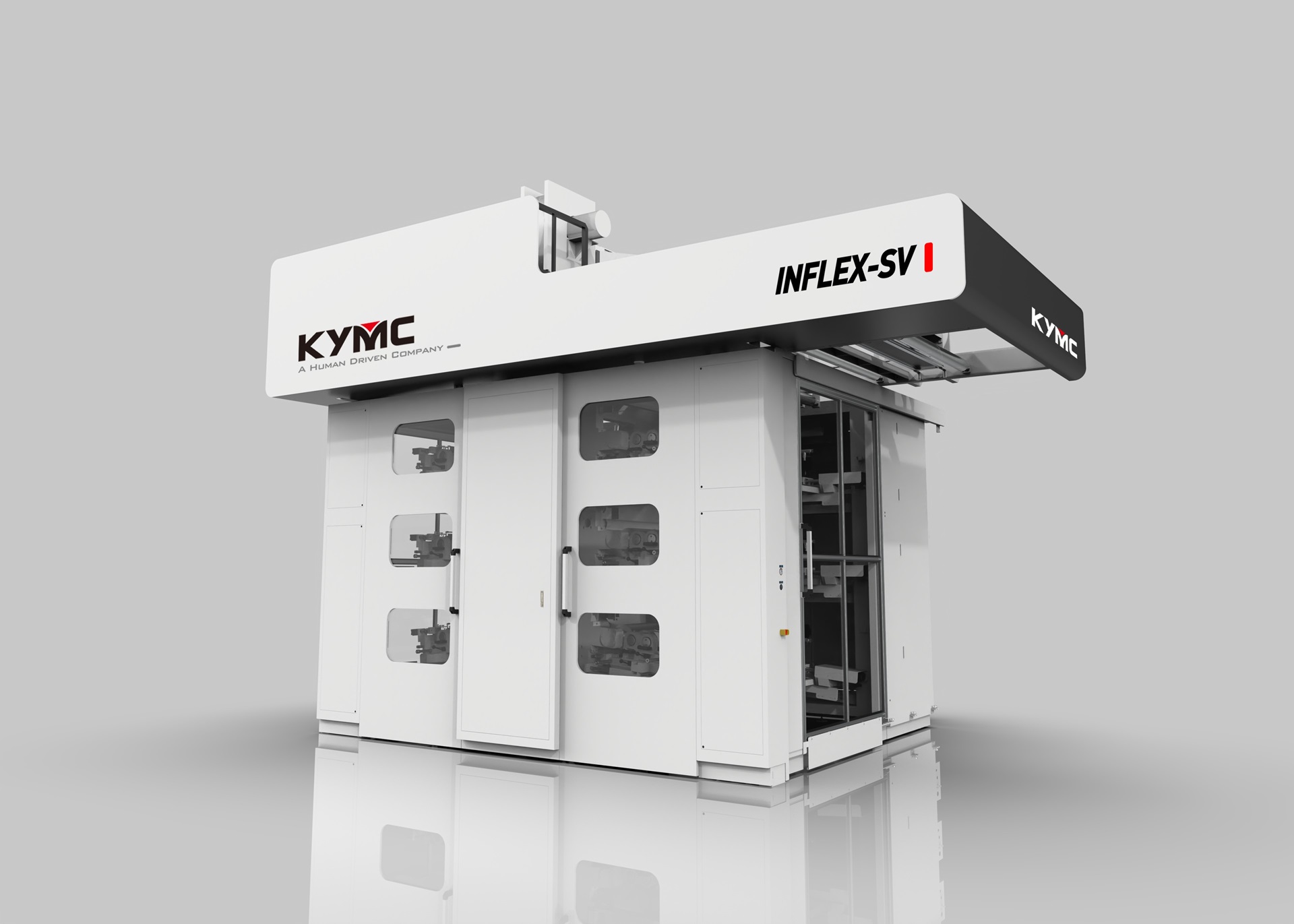
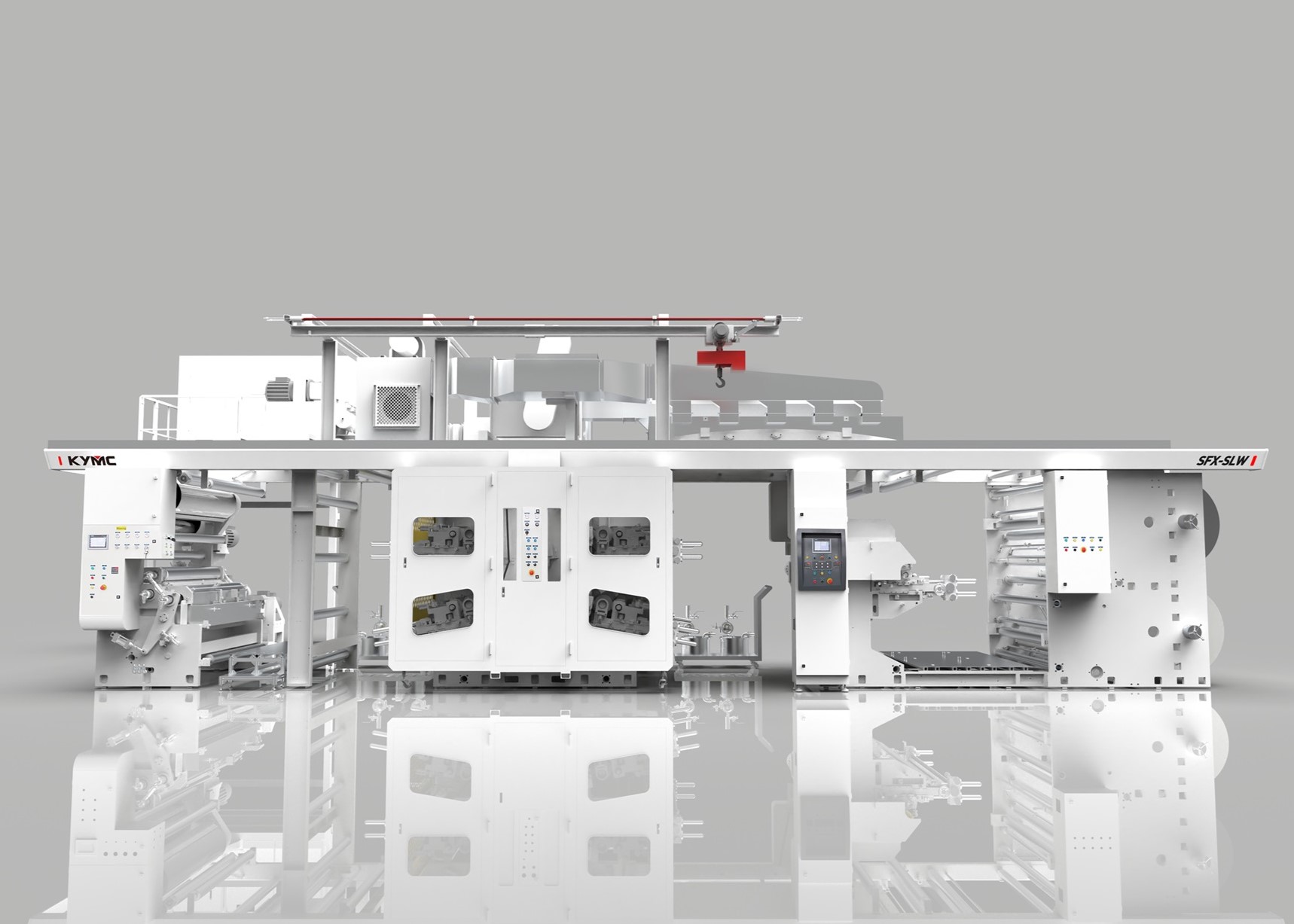
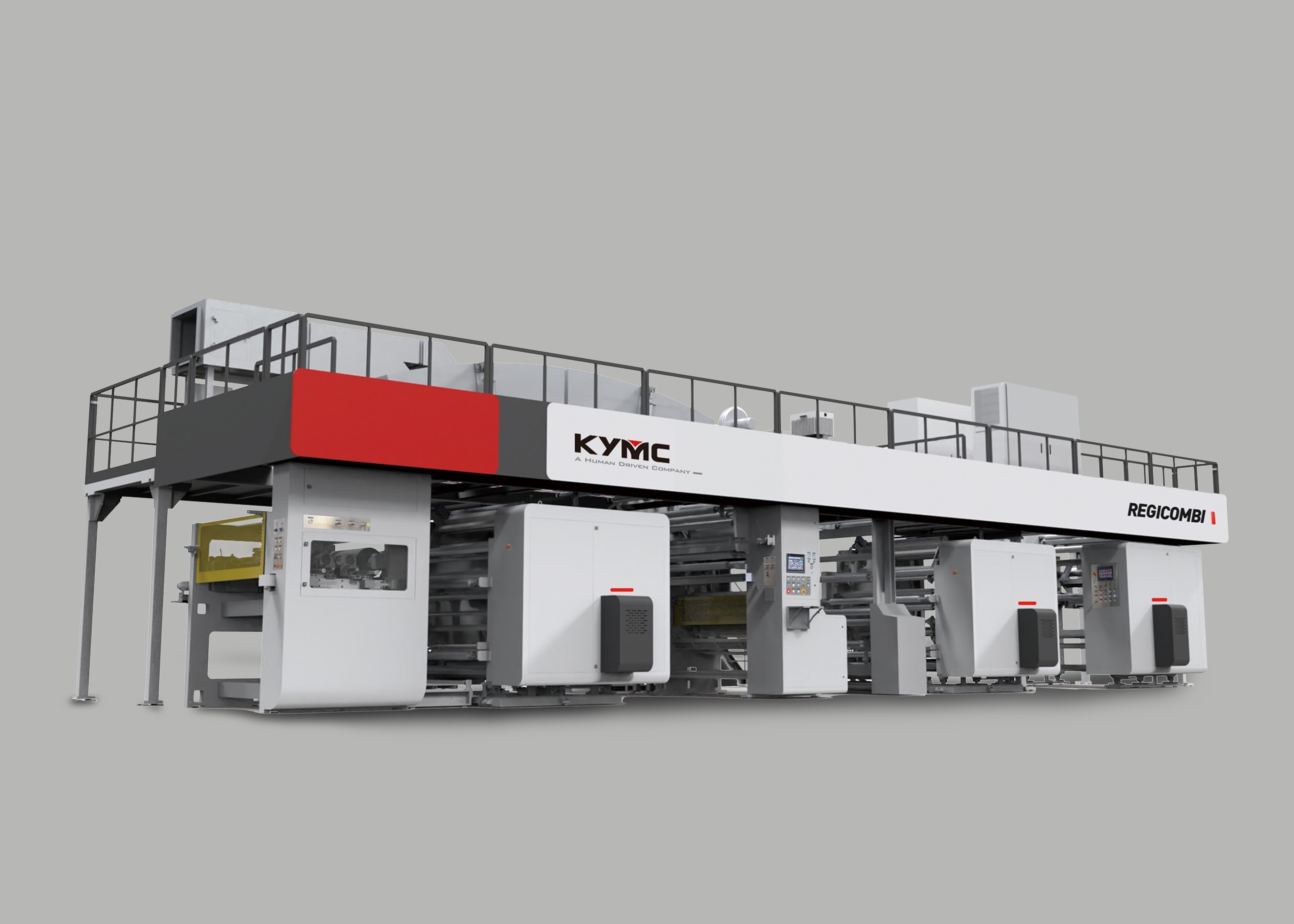
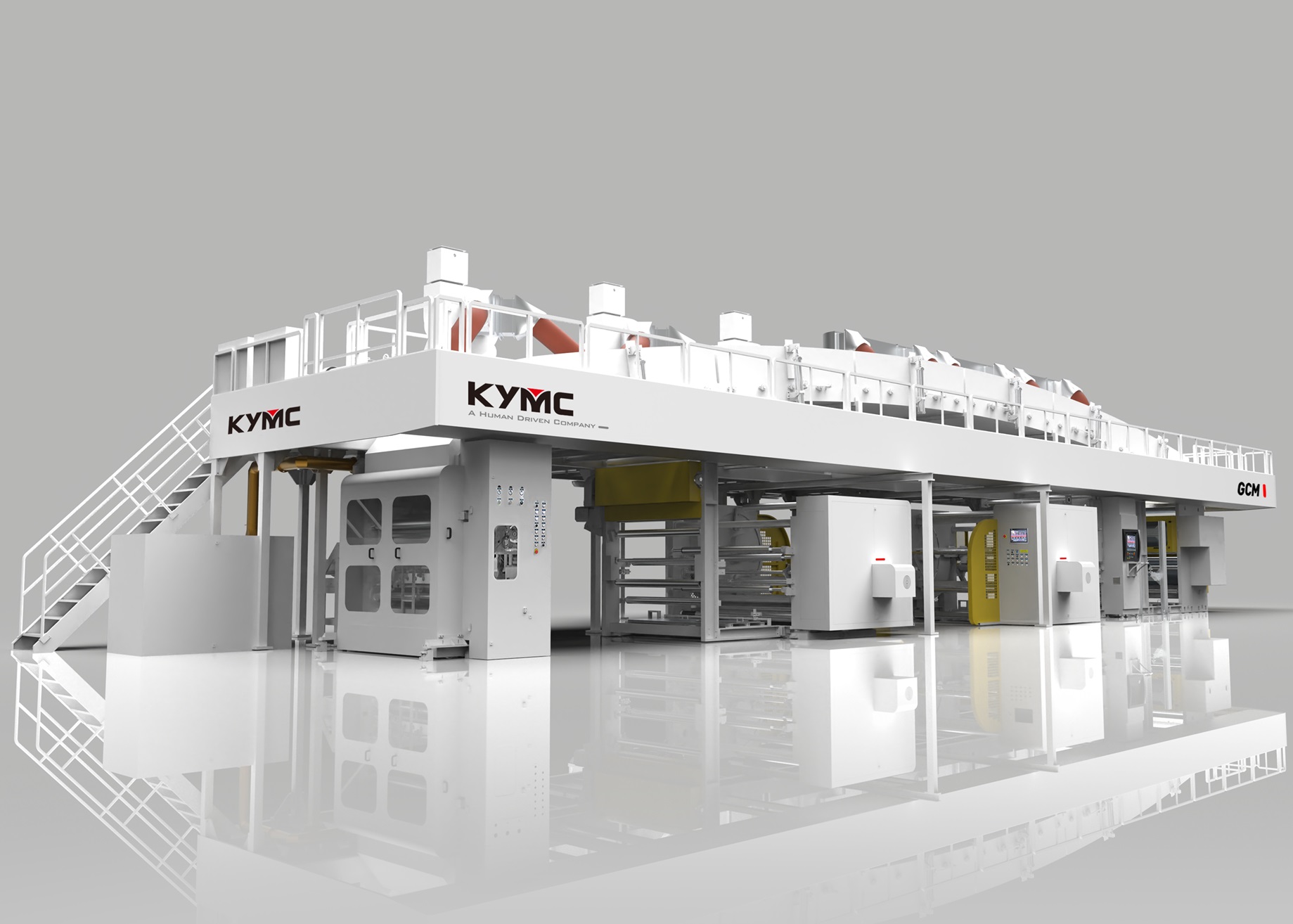
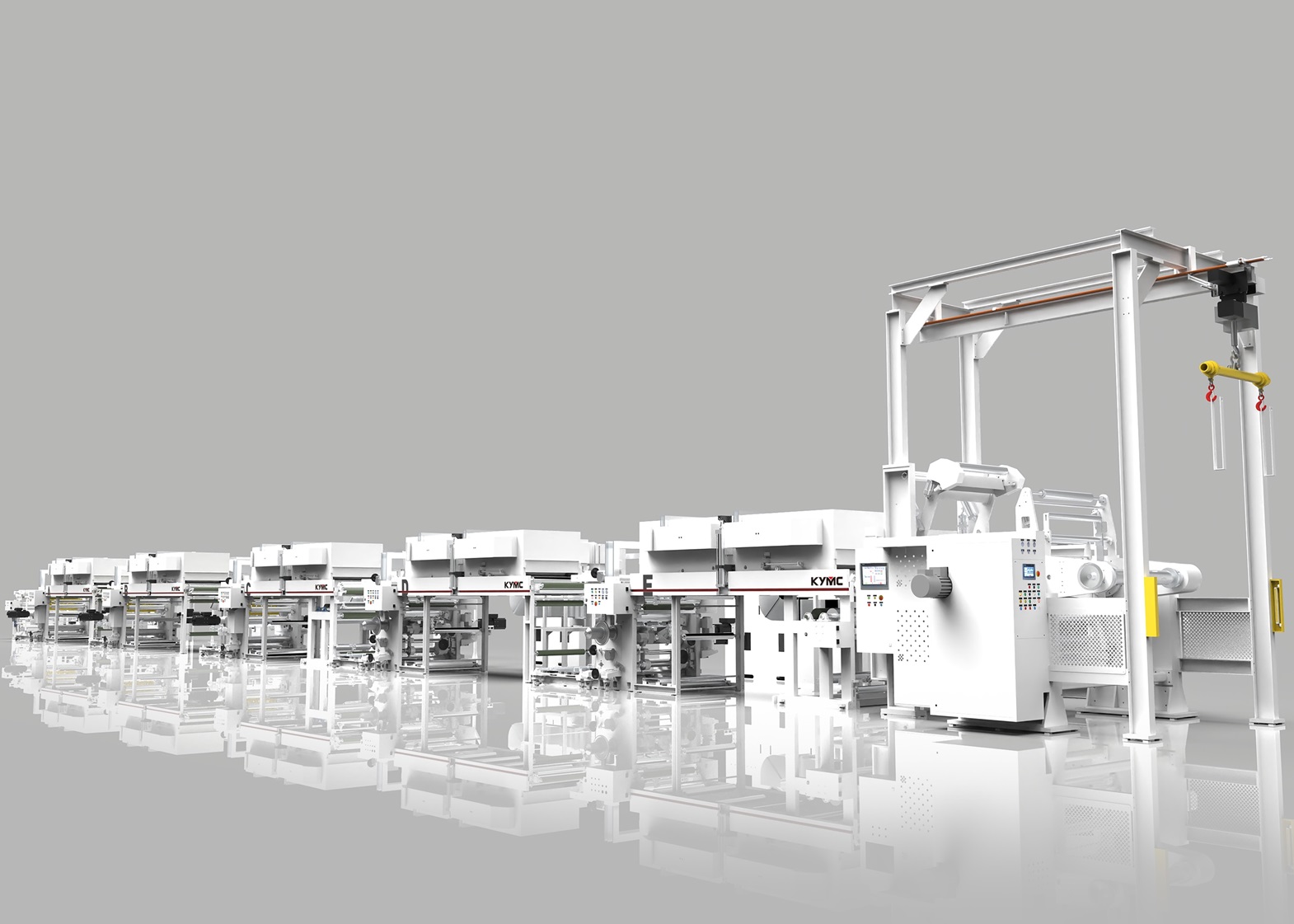
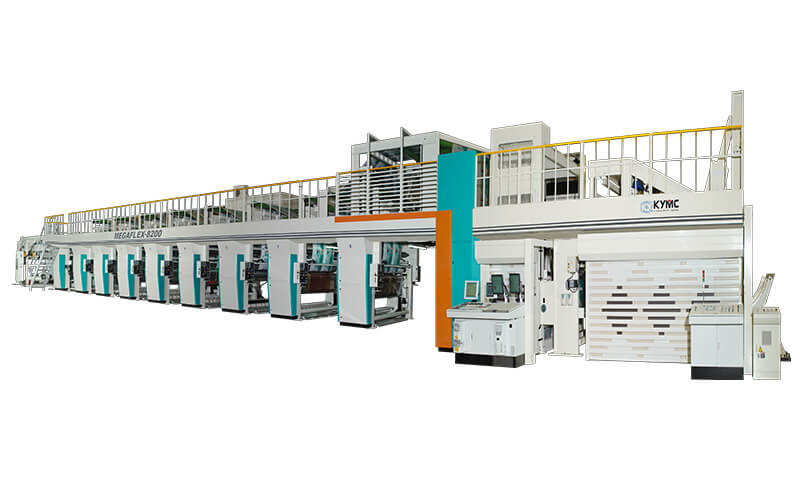
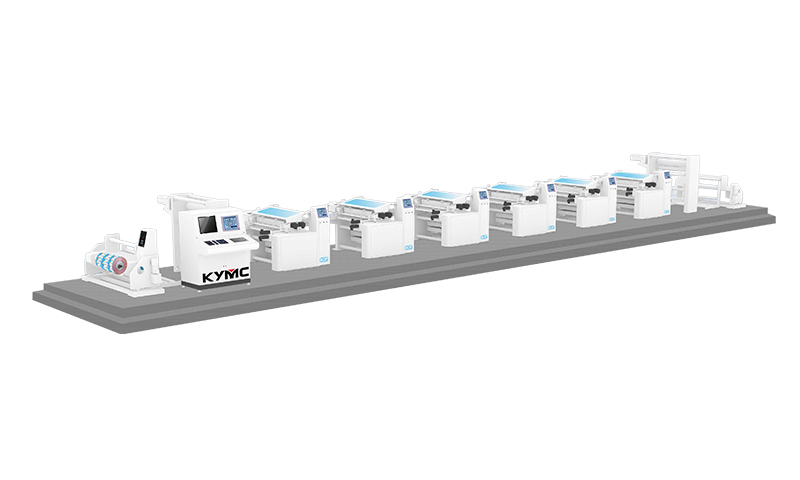
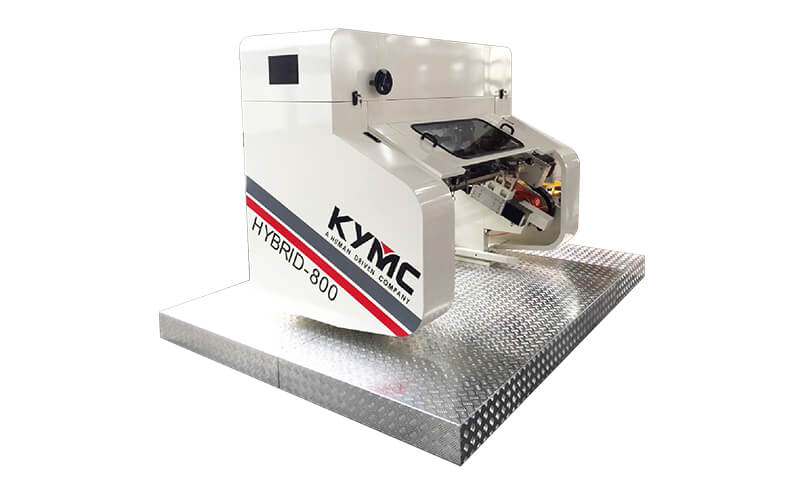
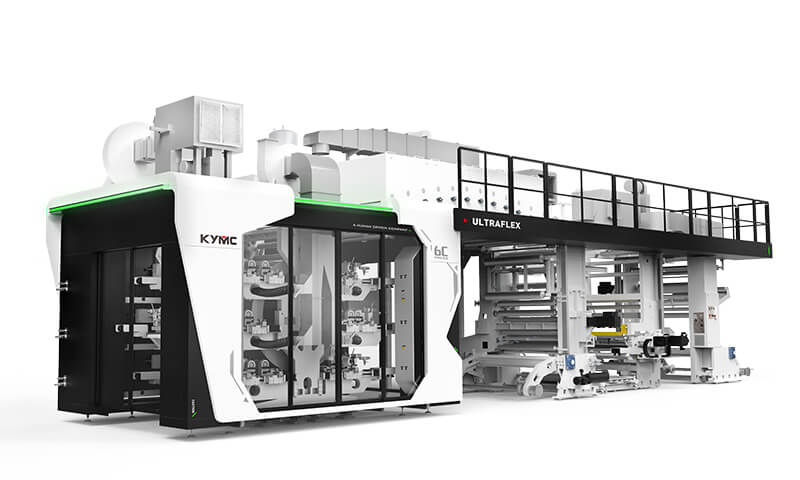
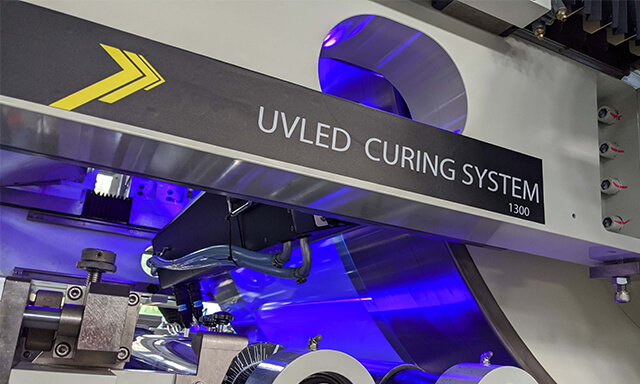
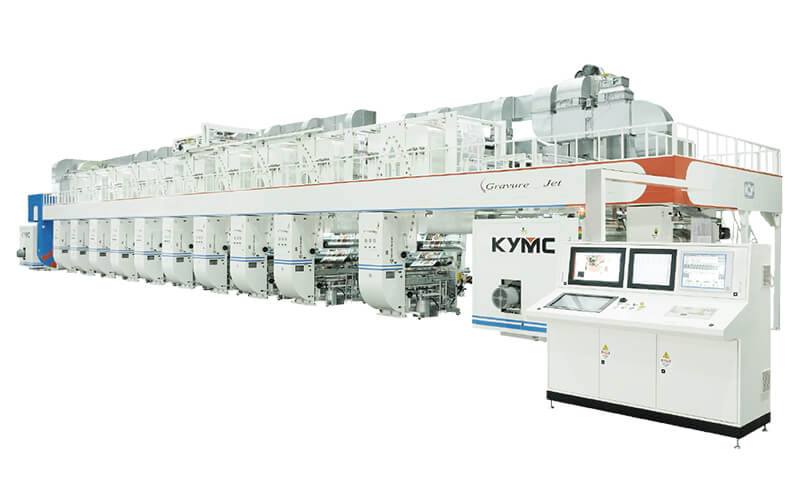
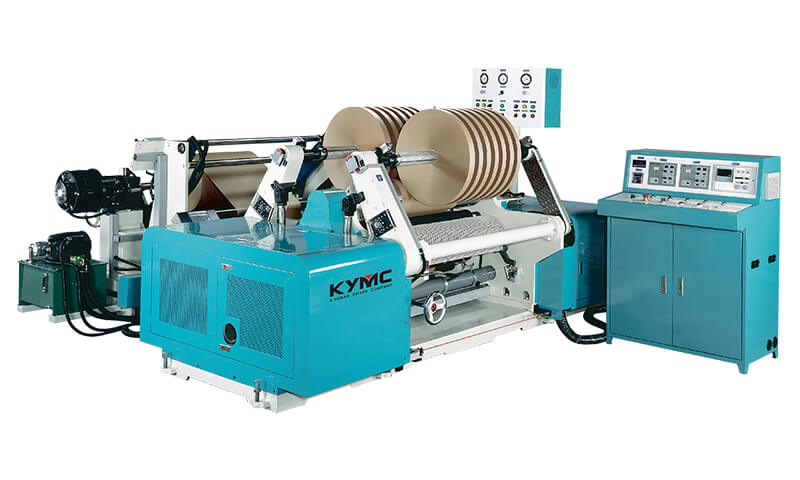
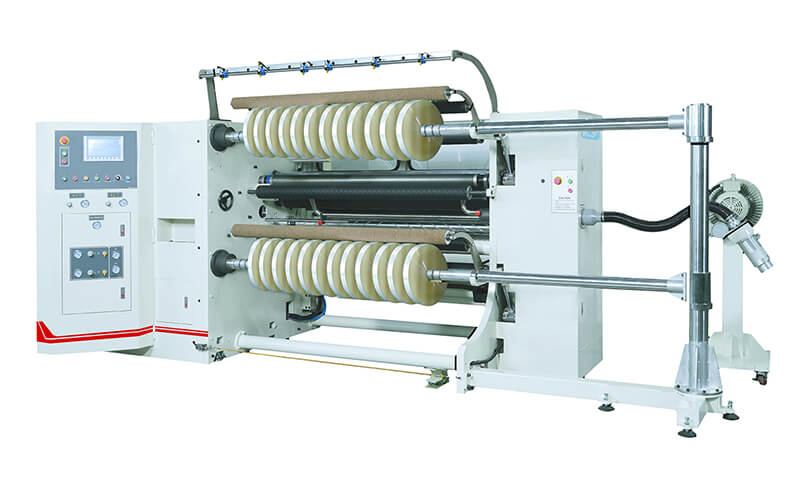
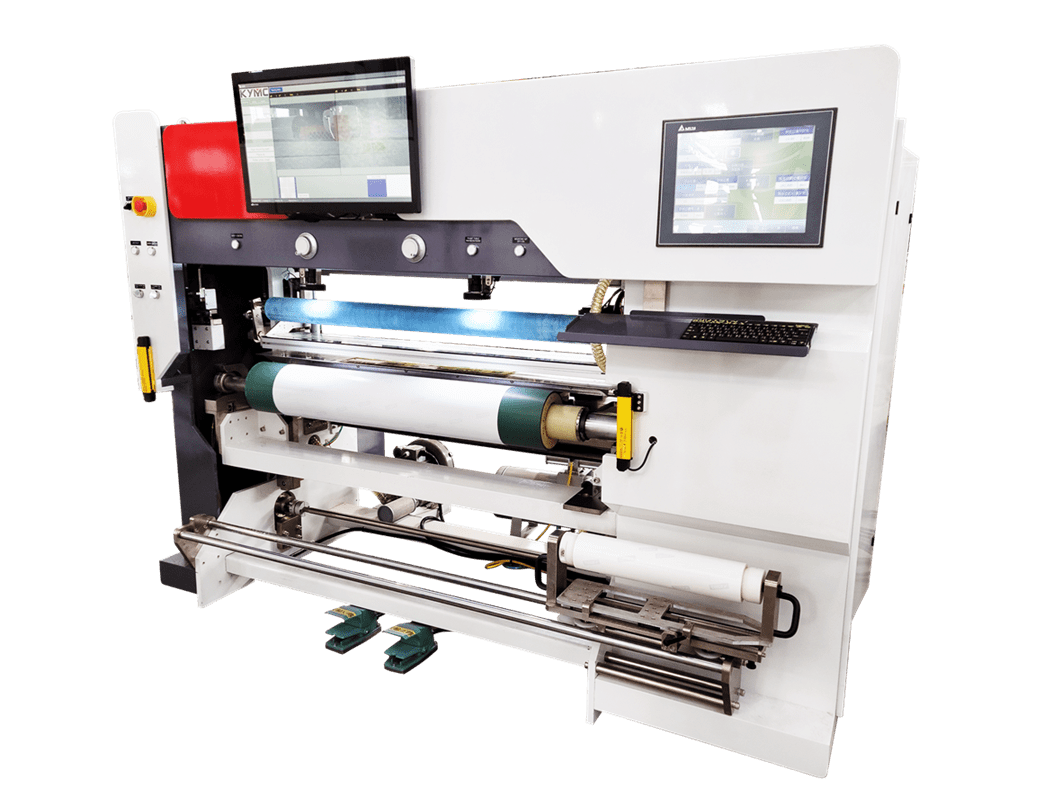
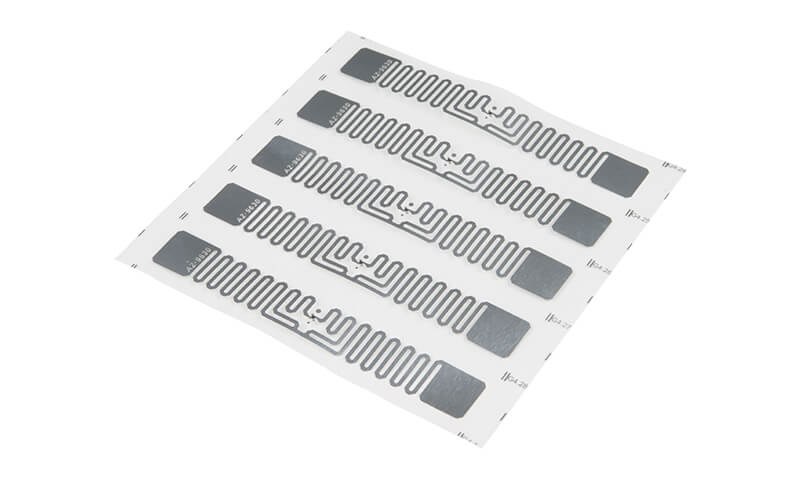


.png)
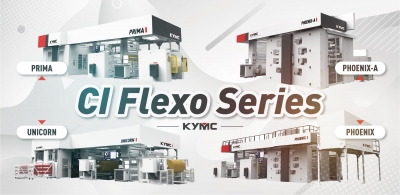
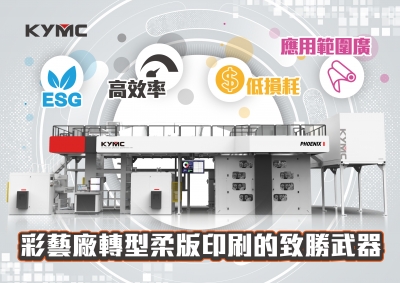
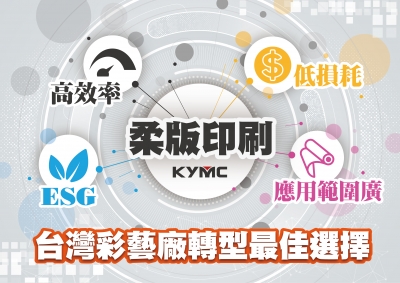
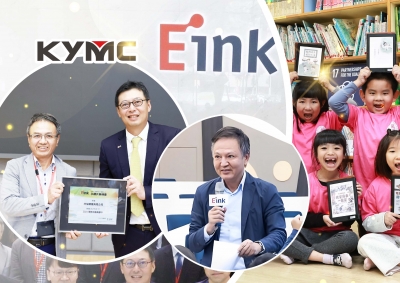
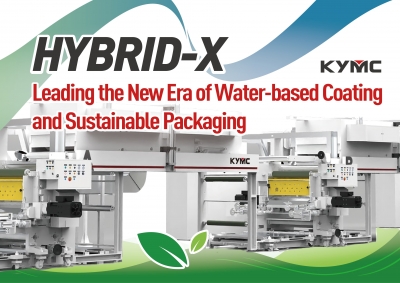
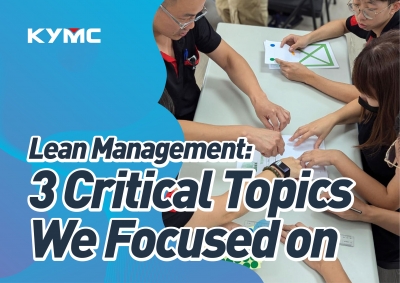
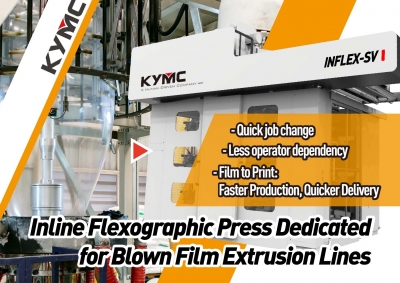
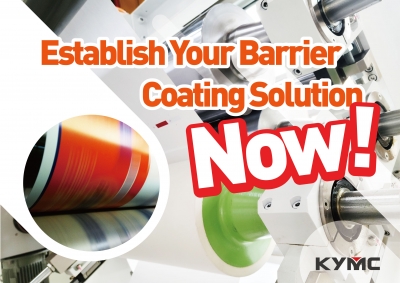
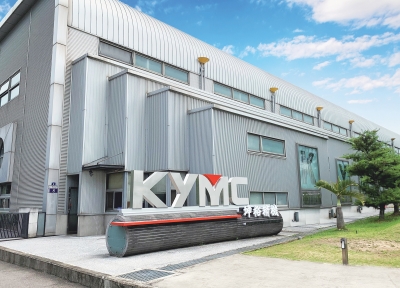
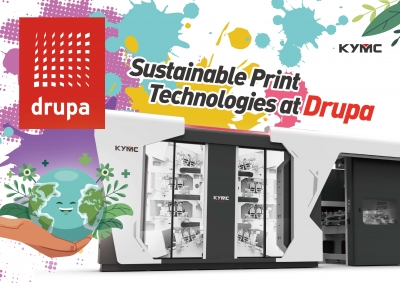
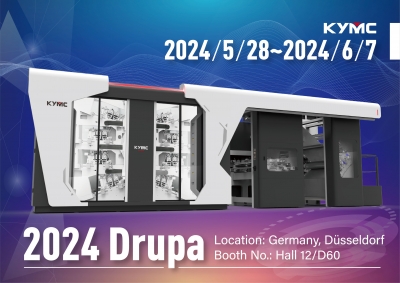
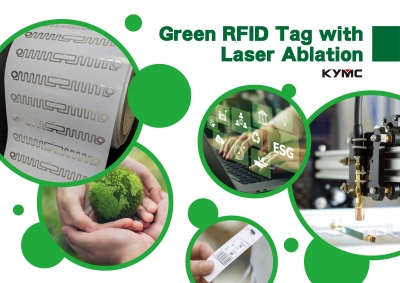
.jpg)
